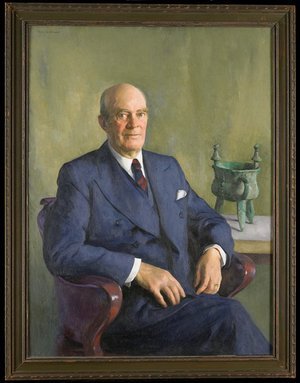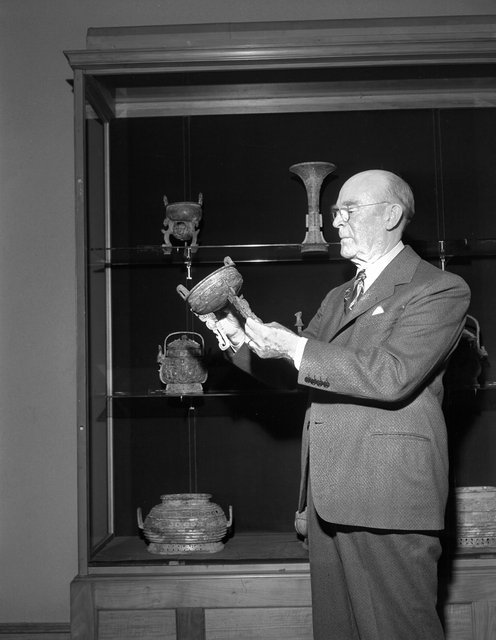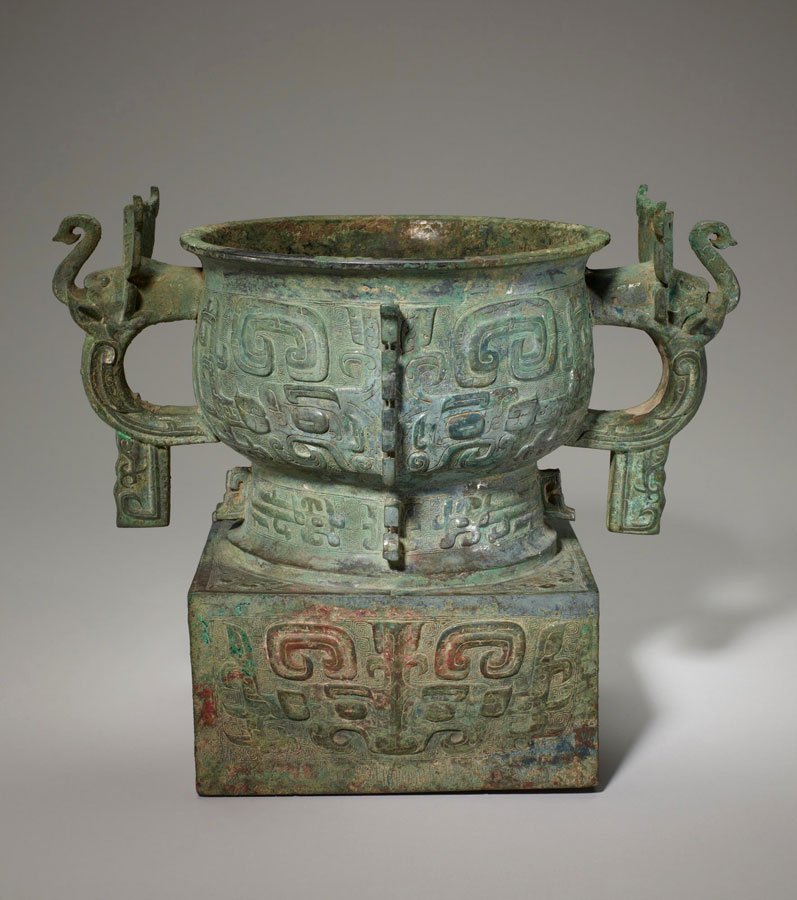Who was Alfred F. Pillsbury?
Alfred and Eleanor Pillsbury built their home at 116 East 22nd Street in Minneapolis in 1903 for a price of $135,000 — which is $4,791,456.82 in today’s money. A pretty penny for a member of the town’s most acclaimed family! Alfred Fiske Pillsbury was not just another name in the history books; he was a visionary, an innovator, and a philanthropist whose impact resonated far beyond his lifetime.
Alfred Fiske Pillsbury was born on December 31, 1872, in Minneapolis, Minnesota, into the prominent Pillsbury family known for their successful flour milling business. Growing up in a family of entrepreneurs and innovators, Alfred was instilled with a strong work ethic and a passion for learning from a young age.
He spent his school years in Minneapolis and then attended the University of Minnesota graduating from the College of Law in 1894. He is renowned as one of the first great football players at the University owning the team’s only football his freshman year. He played for eight seasons from 1886-1893. As long as he was working toward a degree, he was eligible to compete on a university’s athletic teams. So young Pillsbury — “Pilly” to fans and sportswriters — went from undergraduate courses to law school. He played for eight years, six as the team’s QB and captain of the team for two years.
After graduation, Alfred began full-time work alongside his father at the Pillsbury Flour Milling Company. A few years later in 1899, he married Eleanor Field, daughter of Massachusetts Supreme Court Chief Justice Walbridge Abner Field and Eliza Ellen McLoon Field.
Two years later, his father passed away and this was when he began his plans to build a stately mansion with the lead architect, Ernest Kennedy. Today, we call this mansion the Pillsbury Castle to honor Alfred’s namesake and the grandeur of the property.
Alfred wore many hats throughout his lifetime, personally and professionally. He held positions as secretary and treasurer at the Pillsbury Flour Mills company. He also devoted a lifetime to guiding the policy of the company while supporting civic, cultural, and welfare activities in Minneapolis.
Alfred Pillsbury was industrious serving as the president of the St. Anthony Falls Water Power Company, a director of the Twin City Rapid Transit Company for 22 years, president of the Union Terminal Elevator Company, a director and executive committee member of the First National Bank and Trust Co. for 48 years, director of First Bank Stock Corporation for 21 years, Vice president for 18 years and trustee for 47years for the Farmers' and Mechanics' Savings Bank of Minneapolis and Director of Northwestern Life Insurance Company for 26 years.
He was a member of the Minneapolis Club, Minikhada Club, the Lafayette Club, and was a member of the board of directors of the Aero Club of Minneapolis in 1918. He served as the president of the Park Board and was a board member for 15 years.
His interest in the arts is where his passion truly sparked. After a prolonged trip to Japan in 1919, he was captivated by the beauty. He and Eleanor then devoted themselves to collecting ancient Chinese art. The Alfred F. Pillsbury collection of Chinese bronzes was regarded as the best in the Western world and his jade collection ranked second. He was internationally known as an authority on the two subjects.
Alfred acted on the board of trustees at the Minneapolis Institute of Arts and became the museum’s most important patron in the first half of the 20th century. By the time Alfred died in 1950, he had amassed an estate of $6 million. Alfred’s bequest to the Minneapolis Institute of Arts in 1950 included over nine hundred Asian objects including his outstanding collection of 150 Chinese bronzes, 176 archaic jade, and porcelain valued at over $1,000,000, becoming the most valuable private collection ever given to the Institute.
Alfred and Eleanor’s legacy continues to live on today through the massive collection of art at Mia, the University of Minnesota’s roaring football program, and the spectacular park system that makes Minneapolis so livable.
Images courtesy of the MN Historical Society





